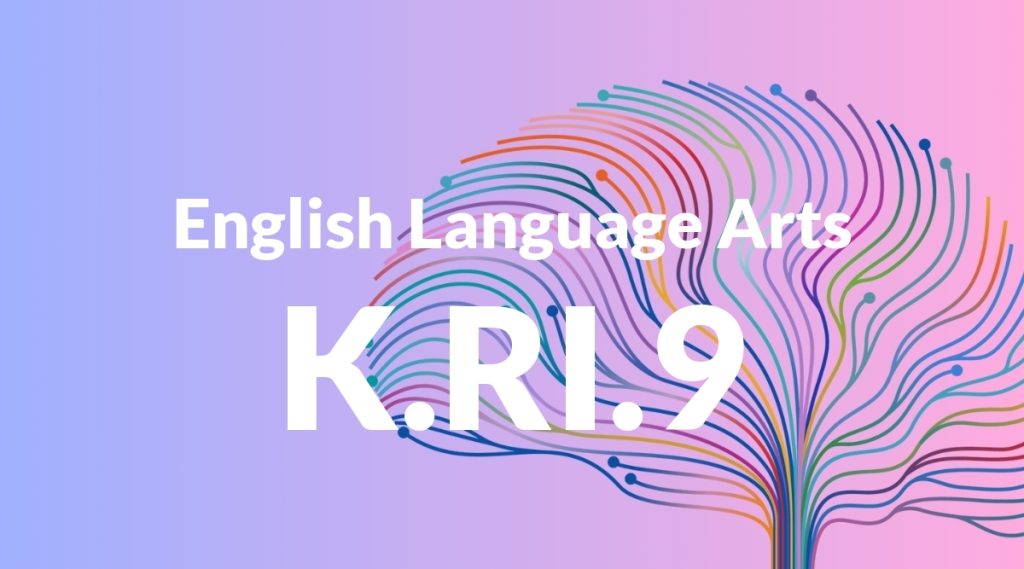Standard: K.RI.9 – With prompting and support, identify basic similarities in and differences between two texts on the same topic (e.g., in illustrations, descriptions, or procedures).
Grade level: Kindergarten
Subject: English Language Arts
Domain: Reading: Informational Text
Teacher Overview
This standard focuses on helping students recognize and articulate basic similarities and differences between two texts on the same topic. It is crucial for developing critical thinking and comprehension skills, as students learn to compare and contrast information from different sources. This lays the foundation for more advanced analytical skills in later grades. Students should be able to identify key details in a single text and understand the concept of different types of texts (e.g., storybooks, informational books).
Mastering this standard will prepare students to analyze more complex texts, draw inferences, and compare and contrast ideas across multiple texts as they progress in their education.
Common Misconception 1
Some students may think that the only aspect to compare between texts is the illustrations. This is incorrect because texts can also be compared based on descriptions, procedures, and other textual elements.
Intervention 1
Provide guided practice where students compare texts focusing on various elements such as descriptions and procedures, not just illustrations.
Common Misconception 2
Another common misconception is that texts on the same topic will always contain the same information. This is incorrect because different texts can provide unique details or perspectives on the same topic.
Intervention 2
Use examples of texts that offer different viewpoints or details on the same topic to illustrate that multiple texts can provide a broader understanding.
Prerequisite Knowledge
Students should have basic understanding of identifying key details in a text and recognizing different types of texts (e.g., storybooks vs. informational books).
Subsequent Knowledge
Students will develop the ability to analyze more complex texts, draw inferences, and compare and contrast ideas across multiple texts.
Instructional Activities
- Read two books on the same topic and create a Venn diagram to compare and contrast them.
- Have students work in pairs to identify similarities and differences in two informational texts.
- Use graphic organizers to help students visually map out comparisons between texts.




